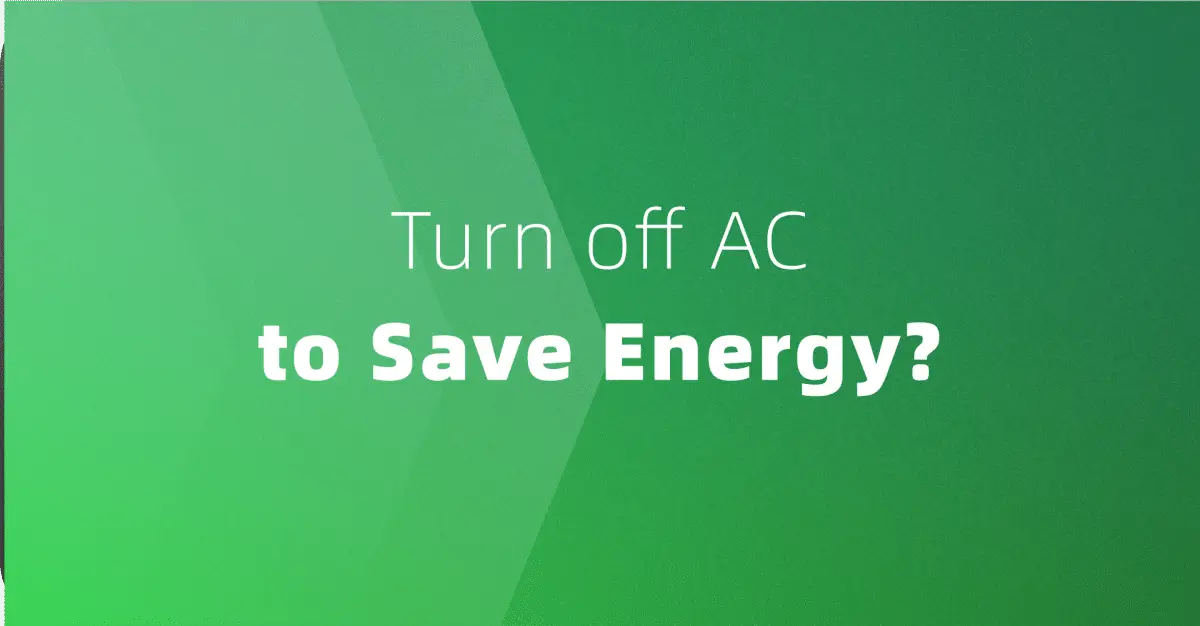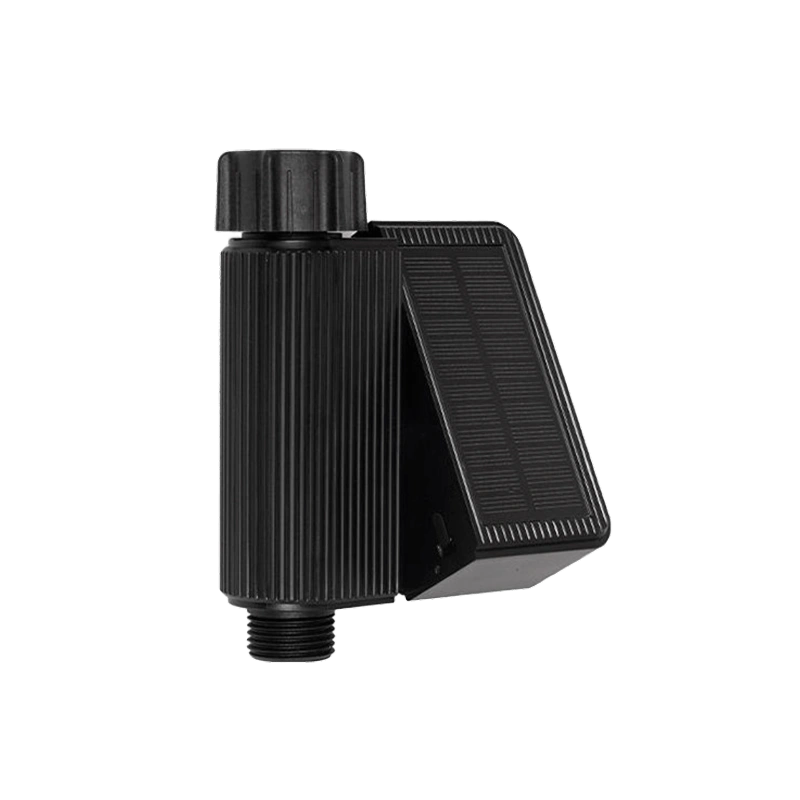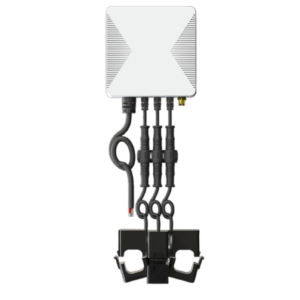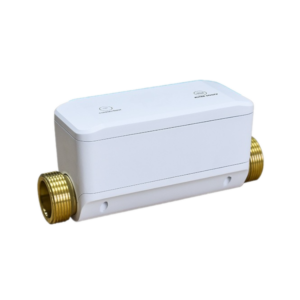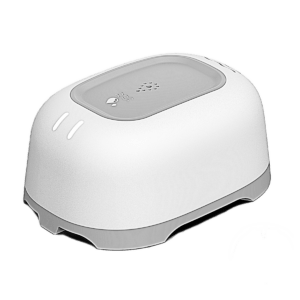🏠 Introduction: The Ongoing AC Debate
Every summer, millions of homeowners face the same dilemma:
“Should I turn off the AC when I leave, or let it run to maintain a steady temperature?”
It might seem intuitive to switch it off—why cool an empty house? But then there’s the argument: “Won’t it use more energy to cool down a hot house later?”
Both views hold truth, and understanding how air conditioners actually use energy is key to making a cost-effective and comfortable decision. In this article, we’ll explore:
- Why constantly turning your AC on and off might not always save you money
- The hidden energy cost of startup cycles
- How smart thermostats and remote AC control can help you strike the perfect balance
Let’s break it down.
⚡ Why AC Startup Cycles Matter More Than You Think
Air conditioners don’t operate like lights—flipping them on and off frequently doesn’t save linear energy. Instead, every time your system kicks back on after being completely turned off, it requires a power surge to cool down a room that may have climbed to 90°F or higher.
Here’s what typically happens:
- Initial Compressor Surge: The first few minutes of cooling use 3–5 times more energy than regular operation
- Overcooling: Some systems overcompensate, running longer to hit the target temperature
- Inefficiency in Humidity Removal: Quick shutoffs might not allow proper moisture removal, making rooms feel warmer even if the temperature is technically cool
This startup consumption becomes a problem when you turn your AC off completely multiple times per day, especially in hot climates.
📊 Energy Usage Comparison (Traditional vs. Smart Operation)
| Scenario | Energy Usage | Comfort Level | Efficiency |
|---|---|---|---|
| Leave AC on all day | High | Consistent | Wasteful when not home |
| Turn AC off when leaving | Moderate–High | Fluctuating | Depends on re-cooling load |
| Use smart thermostat to schedule | Low–Optimal | Balanced | ✅ Most efficient |
According to the U.S. Department of Energy, proper use of programmable thermostats can save up to 10% annually on heating and cooling costs.
🌐 The Smart Way: Use Automation, Not Guesswork
This is where Grus.io’s smart thermostats make a significant impact.
Instead of leaving your AC to run all day or manually switching it off (and sweating later), Grus.io’s smart thermostats like the EcoNet-HP and EcoNet-TU allow you to:
- Remotely control your home’s AC from your phone
- Schedule temperature setpoints based on your lifestyle
- Use geofencing to automatically adjust AC based on whether you’re home or away
- Monitor energy usage in real-time, helping you make smarter cooling choices
We’ll show you how to do this in the next section, along with real savings examples from our users.
📱 Real-Life Scenario: Without vs. With Smart Control
Let’s take Lisa, a remote worker in Austin, Texas:
Case 1: Traditional AC Control
- Lisa leaves the AC on at 72°F all day, even when she runs errands.
- Her July electric bill = $240
Case 2: Manual On/Off
- Lisa turns the AC off whenever she leaves the house.
- Result: She returns to a stifling 89°F, then cranks it to 65°F to cool down faster.
- Her bill = $210, but comfort suffers and the compressor works harder
Case 3: With Grus.io EcoNet-HP Smart Thermostat
- Lisa sets the AC to turn off when she leaves (geofence trigger) and auto-cool to 75°F 20 mins before she returns
- Her July bill = $185
- Comfort + savings, all without manual input
✅ This is the ideal balance: maintain comfort while saving energy using automation.
💡 How It Works (Mermaid Flowchart)
--- title: Smart AC Control Flow with Grus.io Thermostat --- flowchart TD A["Leave home"]:::event B{"Geofence Triggered?"}:::cond C["AC enters Eco Mode(off or 80°F)"]:::eco D["Maintain comfort settings"]:::comfort E["Monitor outdoor temperature"]:::sensor F{"Within return range?"}:::cond G["Pre-cool to 75°F"]:::precool H["Arrive home comfortably"]:::final A --> B B -- "Yes" --> C B -- "No" --> D C --> E E --> F F -- "Yes" --> G G --> H F -- "No" --> C %% Styling classDef event fill:#b2dfdb,stroke:#00897b,stroke-width:2px,color:#004d40,rounded:10px classDef cond fill:#ffe082,stroke:#fbc02d,stroke-width:2px,color:#6d4c00,rounded:12px classDef eco fill:#a5d6a7,stroke:#388e3c,stroke-width:2px,color:#205620,rounded:10px classDef comfort fill:#b3e5fc,stroke:#0288d1,stroke-width:2px,color:#01579b,rounded:10px classDef sensor fill:#fff59d,stroke:#fbc02d,stroke-width:2px,color:#7c6500,rounded:10px classDef precool fill:#d1c4e9,stroke:#7e57c2,stroke-width:2px,color:#311b92,rounded:10px classDef final fill:#ffccbc,stroke:#ff7043,stroke-width:2px,color:#5b331a,rounded:10px
🌟 Why Grus.io Thermostats Stand Out
| Feature | EcoNet-HP | EcoNet-TU | EcoNet-RV |
|---|---|---|---|
| WiFi Remote Control | ✅ | ✅ | ✅ |
| Geofencing | ✅ | ❌ | ✅ |
| Humidity Sensors | ✅ | ✅ | ❌ |
| Energy Usage Tracking | ✅ | ✅ | ✅ |
| Smart Scheduling | ✅ | ✅ | ✅ |
| Works with Heat Pumps | ✅ | ✅ | ❌ |
| Ideal Use Case | Large homes | Smart apartments | Radiator zones |
🛠️ All models integrate seamlessly with your home energy ecosystem through the Grus.io app.
📊 Energy Saving Potential (based on DOE & real user data)
- Daily savings from smart setback control: 0.5 – 1.5 kWh/day
- Annual savings: 120 – 180 per household
- Carbon footprint reduction: Up to 400 lbs CO₂/year
This is not just a smart upgrade—it’s a sustainable step forward.
🧩 It Depends on These Factors
| Factor | Recommendation |
|---|---|
| 🏡 Home Insulation | Poor insulation? Don’t fully turn off. Let the smart thermostat raise setpoint instead. |
| 🌡️ Outdoor Temperature | Above 90°F? Avoid letting indoor temp exceed 85°F — recovery may strain AC. |
| 🧳 Duration Away | Short (<2h): Leave it. Medium (2–6h): Raise temp to 80–85°F. Long (>6h): Consider off or Eco Mode. |
| 📍 Remote Control Available? | Use Grus.io to turn back on before arrival — strike a perfect balance. |
🧠 Common Misconceptions — Busted
❌ “Turning off the AC when I leave always saves the most.”
➡️ Only if you stay away long enough and can manage re-cooling efficiently.
❌ “AC works harder and costs more when turning back on.”
➡️ It may run longer, but not necessarily harder — and total energy use is usually lower.
✅ Modern ACs are efficient at recovery, especially with smart scheduling.
❌ “Keeping it at the same temp 24/7 is better.”
➡️ Setbacks and smart control reduce overall runtime and energy.
📱 Best Practice Strategy
--- title: Smart Cooling Strategy for Energy Savings --- flowchart TD A["Leaving Home"]:::event B{"Duration?"}:::cond C["Keep AC OnSlightly Raised Temp(~78°F)"]:::mild D["Raise Temp to 82–85°F"]:::medium E["Turn Off or Eco Mode"]:::eco F["Pre-cool with Smart Thermostatbefore return"]:::precool G["Return Home Comfortablyand Efficiently"]:::final A --> B B -- "<2 hours" --> C B -- "2–6 hours" --> D B -- "6+ hours" --> E E --> F C & D & F --> G %% Styling classDef event fill:#b2dfdb,stroke:#00897b,stroke-width:2px,color:#004d40,rounded:10px classDef cond fill:#ffe082,stroke:#fbc02d,stroke-width:2px,color:#6d4c00,rounded:10px classDef mild fill:#b3e5fc,stroke:#0288d1,stroke-width:2px,color:#01579b,rounded:10px classDef medium fill:#fff59d,stroke:#fbc02d,stroke-width:2px,color:#7c6500,rounded:10px classDef eco fill:#a5d6a7,stroke:#388e3c,stroke-width:2px,color:#205620,rounded:10px classDef precool fill:#d1c4e9,stroke:#7e57c2,stroke-width:2px,color:#311b92,rounded:10px classDef final fill:#ffccbc,stroke:#ff7043,stroke-width:2px,color:#5b331a,rounded:10px
✅ What You Can Do Today
- Install a Grus.io Smart Thermostat → Choose EcoNet-HP for advanced heat pump compatibility.
- Use App-Based Remote Control → Adjust settings from anywhere and create smart schedules.
- Leverage Geofencing and Schedules → Let automation decide the best time to shut off and cool down.
- Combine with Smart Water and Gas Monitoring → Full-home efficiency = lower bills and higher safety.
🔗 Related Reads:
- Top 10 Benefits of Installing a Smart Thermostat in 2025
- Best Smart Thermostat 2025: Top Picks and Buying Guide
- Smart Thermostat for Baseboard Heaters 2025: No Wiring Needed
- How to Save Money with Your Heat Pump in Summer (2025 Guide)
🧊 Bottom Line:
The smartest way to save on AC bills isn’t turning it off — it’s managing it with intelligence.
Let Grus.io smart thermostats do the thinking, so you don’t sweat the savings.
